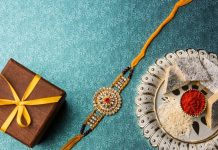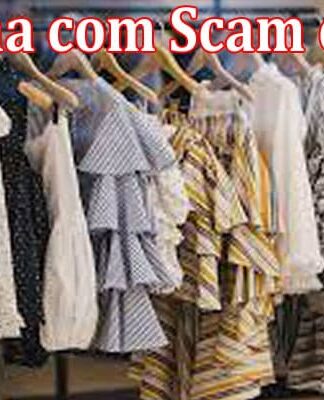Lighting, along with other elements such as camera angles, compositions, and editing techniques, is one of the most crucial aspects of cinematic production.
Understanding the fundamentals of lighting for video production is critical for any videographer or filmmaker.
However, what function does lighting perform, and what should the proper light look like?
HOW LIGHTING SETS THE SCENE
You can create a mood and atmosphere with dramatic lighting, and the way you light a scene sends significant messages to your audience.
A highly versatile light kit perfect for a wide range of subjects and styles, that also aids your narrative. Whether you’re making a documentary or a fiction film, a short or a full-length production for commercial or leisure purposes, lighting should be an important aspect of your shoot.
What would happen if you used only natural light? You wouldn’t be adding any mood or atmosphere to the shot. You’d be providing no hints as to what emotions the audience should experience.
You may create an energetic atmosphere with bright lighting and a lot of color, or you might create a sense of drama and suspense by using dark pictures and images. Consider the black-and-white scenes in Citizen Kane and other classics of black-and-white cinema, where the lack of color and strong lighting techniques communicate both implicit and explicit meanings.
Lighting techniques are based on human psychological responses to light. The way you arrange light in a shot can reveal a character. However, there are practical technical reasons why your film production lighting must be accurate.
PRACTICAL LIGHTING REQUIREMENTS
The smallest of details will be noticed by the human eye and interpreted in order to make sense of an image.
Cameras, on the other hand, cannot. They are not affected by light in the same way as a human eye. As a result, additional illumination aids in the definition process.
You should look first at various aspects of your shoot, including:
- Location
- Ambient light
- Changing conditions
- Shadows
- Natural light.
- These factors can all contribute to the overall quality of your product.
KNOW THE SPACE YOU’RE FILMING IN
Artificial lighting is a valuable tool in filmmaking, but only if used correctly. To do so, you must apply it to the right location.
To plan this, you need to answer these questions:
- Is it a still shot or does the camera move?
- How long will this video be?
- What type of camera are you using and what format is it in?
- Is the place indoors or outdoors?
- Will there be any movement on the screen?
- How many individuals will appear on camera?
If you’re filming indoors, make sure you have enough power to run your lights and plenty of light distribution so there are no dark holes appearing on the screen. If people on camera will be walking into them, make sure you have adequate power to supply to your lights and adequate light spread.
When your subject moves, you don’t want the lighting to change suddenly and become ineffective.
If you’re outside, use reflectors, bounce boards, or larger lights to maximize the amount of natural light you get.
MAIN TYPES OF LIGHTING
Three main types of lighting are essential to film production:
- Key Lighting
- Fill Lighting
- Back lighting.
The main light source for your shoot is the key lighting. It should illuminate your subjects and the environment with bright light. When filming in natural light, it serves as the same amount of direct sunlight.
Depending on the location, you may need many key lights. The style of your filming will have an impact on how you use these lights. Hard or soft key lighting, for example, will have an impact on the kind of shadows cast upon your subject.
You may also add accessories and modifiers to your key lights for different emotions and outcomes.
Fill lighting is used to cover areas where your main light can’t reach. Since this illumination isn’t as powerful, it doesn’t compete with your key illumination. On your shoot, you’ll need to get the key-to-fill light ratio correct.
Fill lighting may be used to add realism to a scene by eliminating or reducing unnatural shadows and some of the harshness from your artificial illumination. Rather than using additional illumination, you might be able to achieve some fill lighting effects with a reflector or even a white card.
Back lighting is the essential fundamental component for correct illumination. This should pull your subjects from the background, giving your scene more realism.
Backlighting hits a subject from behind, adding shape and depth to the picture while also minimizing two-dimensional aspects.
The aim here is for the viewer to feel as if they’re immersed in the environment rather than simply looking
SHOULD YOU CONSIDER HIRING YOUR LIGHTING?
As we previously stated, shooting circumstances can differ drastically, from being outside to indoors, and in various sizes of rooms.
As a result, the lighting requirements for each shoot will be distinct. If you want to increase your videographer’s or filmmaker’s versatility, consider hiring someone to handle the lighting. You may even want to consider Film production camera hire by Pro Motion Hire.
This may enable you to be more flexible without requiring you to invest a lot of money at once in various sorts of equipment.

















